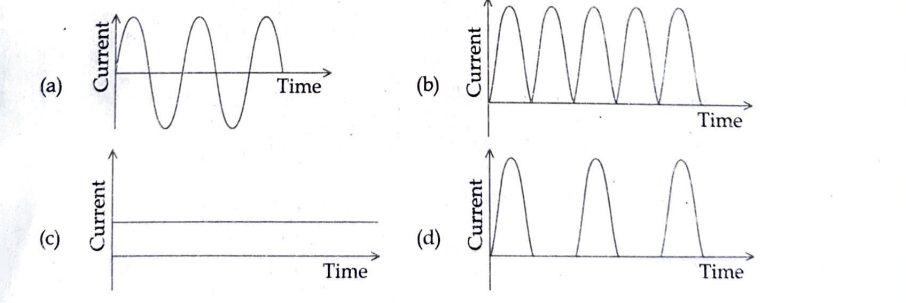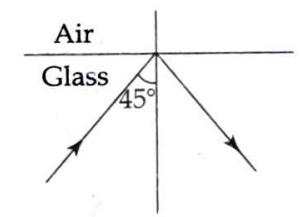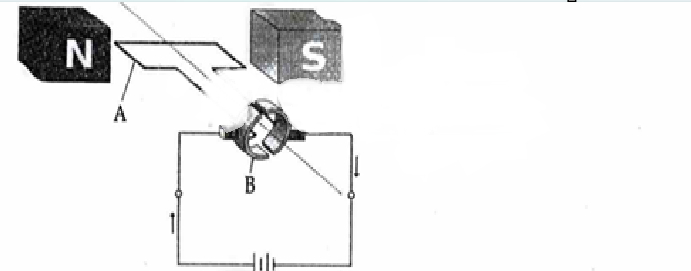The Kerala SSLC Physics Model Question Paper 2025 is an essential resource for students preparing for the upcoming board exams. With a clear understanding of the exam pattern, question types, and marking schemes, students can boost their confidence and improve their performance. Practicing with the model question paper helps identify important topics and refine problem-solving skills.
This model paper includes a set of questions covering key physics concepts along with detailed solutions. It is available in PDF format, making it easy to download and access anytime. Whether you are looking for Kerala SSLC Physics model question papers in English medium or solutions to tricky problems, this resource ensures comprehensive exam preparation.
Kerala SSLC Physics Model Question Paper 2025
SECTION - A
Answer any four questions. Each question carries 1 score.
1.The frequency of AC generated for distribution in our country is:
(230 Hz, 115 Hz, 50 Hz, 100 Hz)
2.Choose the optical phenomenon responsible for the Tyndall Effect:
(Dispersion, Scattering, Reflection, Refraction)
3.How many images can be seen when an object is placed between the reflecting surfaces of two plane mirrors which are kept at an angle of 45°?
(3, 5, 7, 9)
4.Which of the following devices works on the motor principle?
(Generator, Transformer, Inductor, Moving coil loudspeaker)
5.Choose the correct graph that represents the current induced in the armature of a DC generator.
(Four graphs labeled as (a), (b), (c), and (d) are given as options)

SECTION - B
Answer any four questions. Each question carries 2 scores.
6. Which mirror is used as a rear-view mirror in vehicles? Why?
7. The marking on an electric bulb is 230 V, 100 W. What will be its power if it works on a 115 V supply?
8. Copy the following ray diagram and complete it to show the image formation.
(A ray diagram with a convex lens is provided in the image.)

9. The following figure shows the image formation of a nearby object in the eye.

(a) Name the defect of the eye in this figure.
(b) What type of lens is used to rectify this defect?
10. Classify the energy from the following sources as green energy and brown energy.
(Atomic reactor, Windmill, Thermal power station, Solar cell)
| Green Energy | Brown Energy |
SECTION - C
Answer any four questions. Each question carries 3 scores.
11. A transformer working on 230 V AC supplies 10 V to an electric device. The number of turns in the primary coil is 4600.
(a) Calculate the number of turns in the secondary of this transformer.
(b) In which coil of this transformer is thick wire used?
12. Suitably match columns A, B, and C.
| A | B | C |
|---|---|---|
| Heating coil | Tungsten | Safety fuse |
| Filament | Alloy of tin and lead | Electric heater |
| Fuse wire | Alnico | Incandescent lamp |
| Nichrome | Inductor |
13. Observe the ray diagram and answer the questions.

(a) State the optical phenomenon shown in this diagram.
(b) Will this phenomenon take place if the ray of light is allowed to fall from water to air with the same angle of incidence? Justify your answer.
14. When an object of height 4 cm is placed in front of a concave mirror at a distance of 30 cm away from it, an image is formed at a distance of 15 cm away on the same side of the mirror.
(a) Find the focal length of the mirror.
(b) Calculate the magnification of the image.
15. LPG is a petroleum product.
(a) What is the main constituent of LPG?
(b) The marking on an LPG cylinder is "D25". What does this indicate?
(c) Write two precautions to be taken to avoid accidents due to LPG leakage.
SECTION - D
Answer any four questions. Each question carries 4 scores.
16. Two resistors are connected in a circuit as shown below.

(a) What is the effective resistance of this circuit?
(b) What will be the ammeter reading when current passes through the circuit?
(c) Calculate the heat generated in the 3Ω resistor when current passes for 3 minutes.
17. Observe the schematic diagram of a device given below.

(a) Identify the device and write the energy change that takes place in this device.
(b) Name the parts labeled 'A' and 'B'.
(c) State the rule that helps to find the direction of motion of part 'A' when this device works.
(d) What is the function of the part 'B' in the device?
18. Analyse the given table and answer the questions.
| Medium | Refractive index (n) |
|---|---|
| Water | 1.33 |
| Air | 1 |
| Glass | 1.5 |
| Kerosene | 1.44 |
(a) Arrange the media given in the table in the ascending order of speed of light.
(b) Will a ray of light deviate towards the normal or away from the normal when it enters obliquely from water to kerosene? Why?
(c) Calculate the speed of light in glass. (Speed of light in vacuum is 3×1083 \times 10^83×108 m/s.)
19. The following figure shows the dispersion of sunlight through a glass prism.

(a) Identify and write the colors 'P' and 'Q'.
(b) What is the reason behind the difference in the deviation of these two colors?
(c) Which color has been given to the tail lamps of vehicles? Why?
20. Electricity required for all purposes, including household uses, is usually generated at distant power stations.
(a) What is meant by transmission loss?
(b) What are the steps taken to minimize this loss?
(c) To which device is the electric line reaching our home connected first? What is the use of this device?
(d) What are the differences between the working of MCB and the safety fuse used in household wiring?
To doenload the complete set of question in a PDF Format, click on the link below:
Kerala SSLC Physics Model Question Paper 2025 Download PDF
The Kerala SSLC Physics Model Question Paper 2025 is a valuable resource for students aiming to excel in their board exams. By practicing with this model paper and referring to the solutions, students can enhance their understanding and improve their problem-solving skills. Regular revision with such papers ensures better performance and confidence in the final exam.
Comments
All Comments (0)
Join the conversation